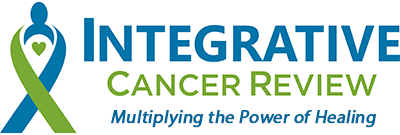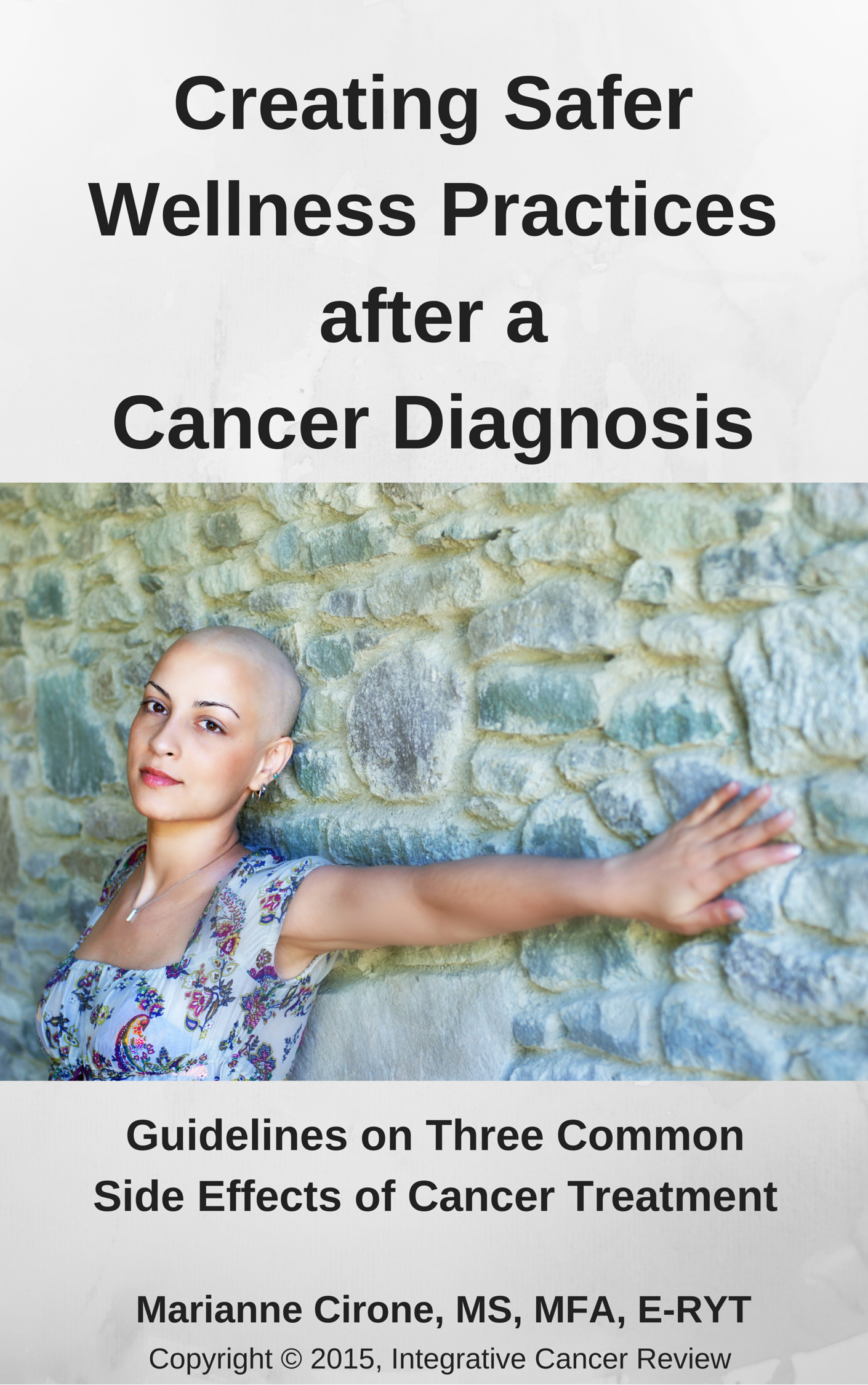Embarking on The Hero’s Journey with Cancer
“We must be willing to let go of the life we planned so as to have the life that is waiting for us.” — Joseph Campbell
Just when we think we are rolling along, life can hand us events that we feel completely unprepared to face. Can we make sense of unexpected or difficult times that bring us to our knees? Perhaps the Hero’s Journey is one way to do that.
The mythologist and writer Joseph Campbell popularized the concept of the Hero’s Journey — a sequence of steps that he saw represented in cultures and times throughout history. Today, we are more likely to be familiar with the countless variations that we have seen this pattern play out in Hollywood films, from the Wizard of Oz, to the Star Wars movies, to Fight Club.
In Campbell’s synopsis, the journey starts in the hero’s Ordinary World, but things suddenly change with an unexpected problem or challenge known as the Call to Adventure. Likewise, many times in our lives we get a “call” of some type that we have not consciously asked for, yet we must deal with. Campbell’s use of the term “Adventure” is more metaphorical — as the Call often feels less like an Adventure, and more like a curse. In his summary, Campbell outlines the series of steps that heroes (which is to say, regular people who got a Call) throughout time have taken to overcome their obstacles: to slay the dragon, to win the heart of the Prince or Princess, or deal with the diagnosis of cancer — in other words, to triumph over the obstacle that appeared with the Call.
Everyone who has gotten a cancer diagnosis will remember the moment that they first heard the news. Shock, anger, disbelief and questioning are all common reactions—and these fit with Campbell’s next step, defined as “Refusal of the Call.” Yet, as their journey continues, many cancer survivors experience an inner transformation—whether or not a physical transformation or a physical healing occurs.
The author of What Doesn’t Kill Us, Stephen Joseph, PhD, states that across a large number of studies of people who have gone through stressful or negative events, between 30 and 70% report positive transformation or change. These transformations can come in the form of renewed relationships, the courage to make needed changes, greater self-awareness and creativity, or the inspiration to “give back” and make a change in the world.
In the context of the Hero’s Journey, these transformations include some or all of the steps that Campbell outlines, including Refusal of the Call; Meeting with the Mentor; Crossing the First Threshold; Tests, Allies and Enemies; Approach to the Innermost Cave; The Ordeal; the Reward; the Road Back; the Resurrection; and the Return with the Elixir… when the hero/heroine brings what they gained from the “other world” back into their ordinary world. Whenever we face a life-altering challenge, we always have the choice between moving toward bitterness and regret (fear) and moving toward wisdom and compassion (love). In fact, it seems that the majority of the therapists and instructors that I work with in cancer support roles have come to their supportive roles through some type of adverse experience that they turned into a positive, many of these unrelated to cancer.
In 2006, psychologists Lawrence Calhoun, PhD and Richard Tedeschi, PhD “pioneered the concept of Posttraumatic Growth (PTG), a construct of positive psychological change that occurs as the result of one’s struggle with a highly challenging, stressful, and traumatic event” (www.postraumaticgrowth.com). The researchers studied personality traits to see which ones correlated with a positive change, including the development of a “resilience” to future events. Besides the inherent personality traits, having the appropriate support system or tools would seem to be another boost for positive outcomes, whether that includes family, friends, counselors, spiritual guides and systems, nature, art, music, pets or other healing influence.
Yoga, probably the oldest tool and most comprehensive system of transformation, as well as other spiritual and psychological paths, can definitely help with that positive change. An article on “Yoga for Depression and Anxiety” in the Harvard Mental Health Letter, 25(10), 2990, states: “Since evidence suggest that yoga can tone down maladaptive nervous system arousal, yoga can be a helpful practice to patients with posttraumatic stress disorder.” In terms of its potential for transformation, the greater value of yoga and any other mindfulness-based system, however, comes from its ability to increase self-awareness and self-compassion and open oneself to new energetic and mental patterns.
The framework of the Hero’s Journey also allows the person in the eye of storm to see their struggle in the context of humanity, possibly giving some perspective as to the nature of human suffering itself. The members in my memoir writing group often unknowingly write their life situations in the pattern of the Hero’s Journey. Throughout life’s challenges, if I take the time to look at my predicaments, I often see myself stalled at Step 2, Refusal of the Call, but other times, I can see that I have made it full circle and brought back a few drops of the elixir to the ordinary world. The gift of awareness helps us to move through the steps, knowing that our pain is a stage of a journey to greater wisdom. By combining these tools for self-reflection, the potential for positive change continues to soar.











